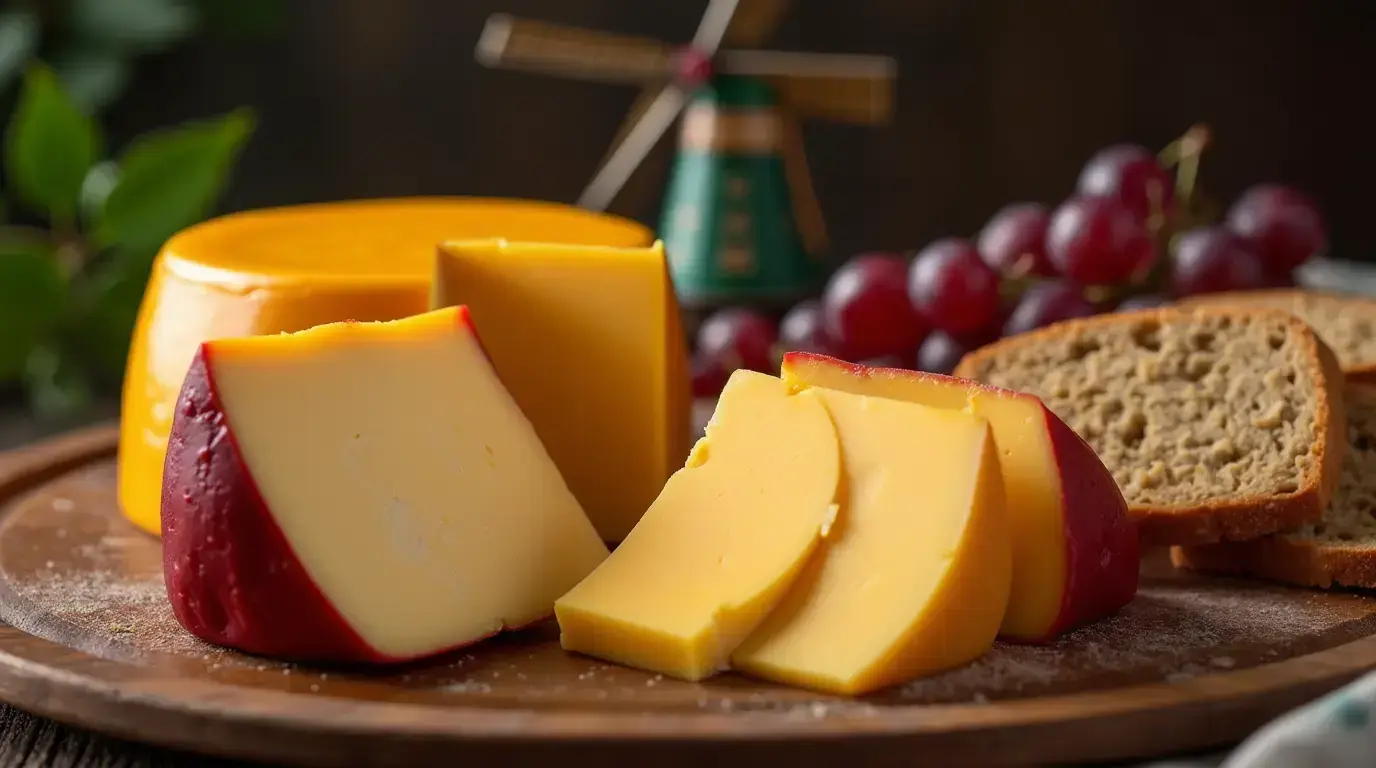Why the Dutch Produce So Much Cheese: History and Culture
When you think of the Netherlands, you probably picture windmills, tulips, bicycles, and — of course — cheese. Dutch cheese, especially famous varieties like Gouda and Edam, has a rich global reputation. But why are the Dutch producing so much cheese, and how did this small European country become such a dairy powerhouse? In this article, we’ll explore the historical roots, cultural significance, economic importance, and modern practices that make Dutch cheese production so remarkable.
[content-image number_of_columns="col-1" quantity="1" image_1="blog/2fde614d-2b83-4d02-8ecb-77c3425489e9.webp"][/content-image]The Historical Roots of Dutch Cheese Production
The Dutch have been making cheese for over 2,000 years. Archaeological evidence shows that cheese production in the Netherlands dates back to at least 200 B.C. Over the centuries, cheese became more than just food — it became part of the Dutch identity. During the Middle Ages, the Dutch perfected cheese-making techniques, improving preservation methods so cheese could be stored for long periods and traded across Europe. By the 17th century, during the Dutch Golden Age, the country’s cheese exports boomed, turning the Netherlands into one of the main cheese suppliers of Europe.
The Role of Geography and Climate
One reason the Dutch excel at dairy is their geography. The Netherlands is a low-lying country with lush green pastures, rich in water and fertile soil — perfect for grazing cattle. The mild, wet climate provides excellent conditions for grass growth, ensuring dairy cows have abundant fresh feed. This natural advantage has allowed Dutch farmers to maintain strong dairy herds for generations.
[content-image number_of_columns="col-1" quantity="1" image_1="blog/d012b08f-f176-4537-aac4-1151c5bbc8ed.webp"][/content-image]Cultural Importance of Cheese in Dutch Society
Cheese isn’t just a product in the Netherlands — it’s part of everyday life. Dutch families consume cheese daily, often on bread for breakfast or lunch. Cheese markets, such as those in Alkmaar, Edam, and Gouda, have become national symbols, attracting tourists from around the world. These markets, often featuring traditional costumes and weighing rituals, celebrate the country’s deep connection to cheese-making traditions.
[content-image number_of_columns="col-1" quantity="1" image_1="blog/0535dad6-2756-4368-9ead-028c3ad1a6db.webp"][/content-image]The Evolution of Cheese-Making Techniques
While traditional methods remain celebrated, Dutch cheese-making has evolved significantly. Modern farms and factories use advanced technology for milking, pasteurization, aging, and packaging. Innovation has allowed producers to scale operations while maintaining quality. Dutch cheese producers follow strict regulations to ensure their products meet both local and international standards, giving them an edge in global markets.
Famous Dutch Cheese Varieties
Some of the most iconic Dutch cheeses are household names around the world. Gouda, with its mild and creamy flavor, is the most famous, making up over half of the Netherlands’ cheese production. Edam, known for its mild, slightly salty taste and round red wax coating, is another popular export. Leyden, Maasdam, and Limburger are other notable varieties, each with unique regional characteristics and flavor profiles.
[content-image number_of_columns="col-1" quantity="1" image_1="blog/0db07e62-3a6a-4ac7-881a-693b50dda9f5.webp"][/content-image]The Economic Impact of Dutch Cheese Exports
The Netherlands ranks among the world’s largest cheese exporters, with millions of tons shipped annually to countries across Europe, North America, and Asia. Cheese accounts for a significant portion of the Dutch agricultural export economy. Dutch cheese brands are trusted worldwide, and international demand continues to rise, driven by the global appetite for authentic European products.
The Importance of Dairy Cooperatives
Many Dutch dairy farmers belong to cooperatives, pooling resources and expertise to strengthen their market position. These cooperatives help manage supply chains, ensure consistent quality, and provide access to international markets. Companies like FrieslandCampina are well-known cooperative organizations that play a major role in both local production and global distribution.
[content-image number_of_columns="col-1" quantity="1" image_1="blog/38f259d4-0b95-4efb-b283-59d15294fea7.webp"][/content-image]Challenges Facing the Dutch Dairy Industry
Despite its success, the Dutch dairy industry faces challenges. Environmental concerns, particularly related to greenhouse gas emissions and manure management, have led to stricter regulations. Farmers are working to balance productivity with sustainability, investing in innovations like methane-reducing feed and precision farming techniques. Additionally, global competition and shifting consumer preferences, such as the rise of plant-based alternatives, push Dutch producers to stay agile and adaptive.
The Global Love for Dutch Cheese
Why do people around the world love Dutch cheese? It’s not just the taste — it’s the quality, the heritage, and the craftsmanship behind each wheel. Whether on a cheeseboard, melted into recipes, or enjoyed as a simple snack, Dutch cheese brings a little piece of the Netherlands to tables everywhere. The pride and tradition behind Dutch cheese-making continue to fuel its global reputation and ensure its place in culinary culture.
Conclusion: A Lasting Dairy Legacy
The Dutch have been producing cheese for millennia, blending tradition with innovation to become world leaders in dairy production. From fertile pastures to bustling cheese markets, from small family farms to large cooperatives, every part of the Dutch cheese industry contributes to its success. As the Netherlands looks to the future, its love for cheese remains as strong as ever, ensuring that Dutch cheese will continue to delight generations to come, both at home and abroad.
